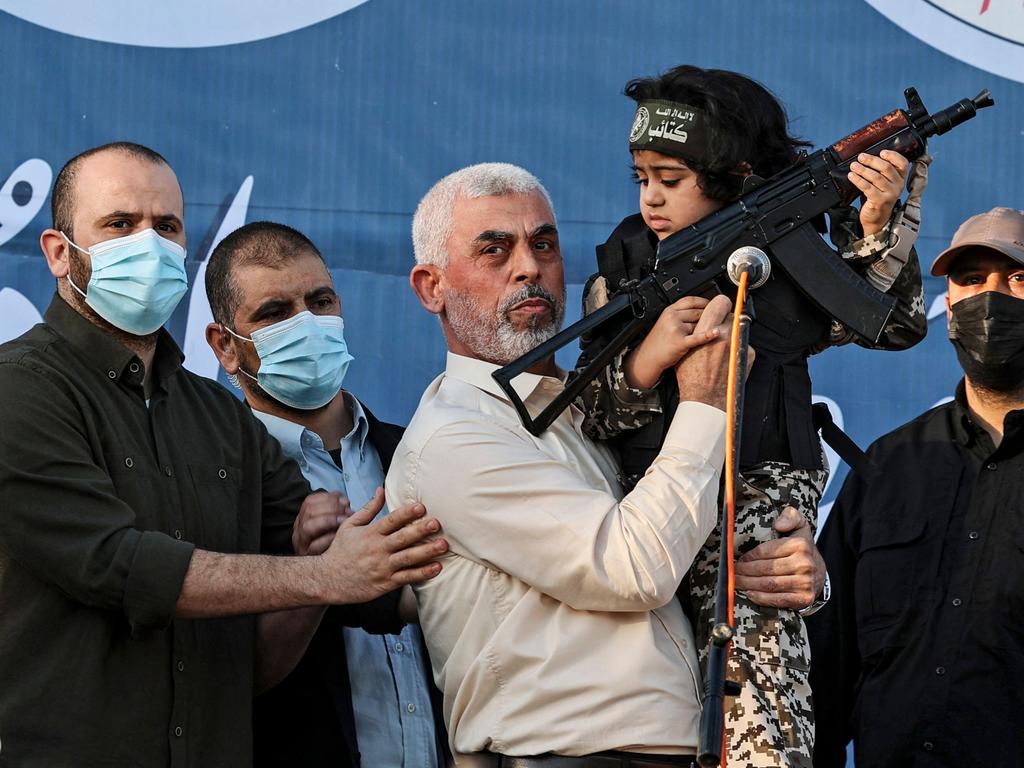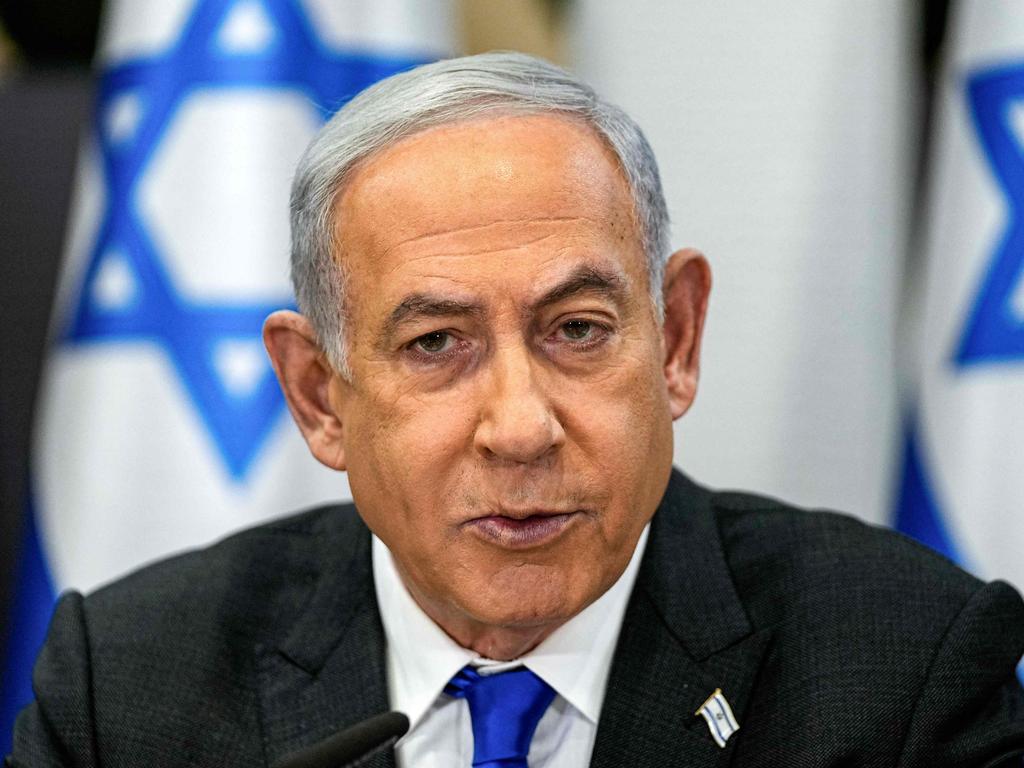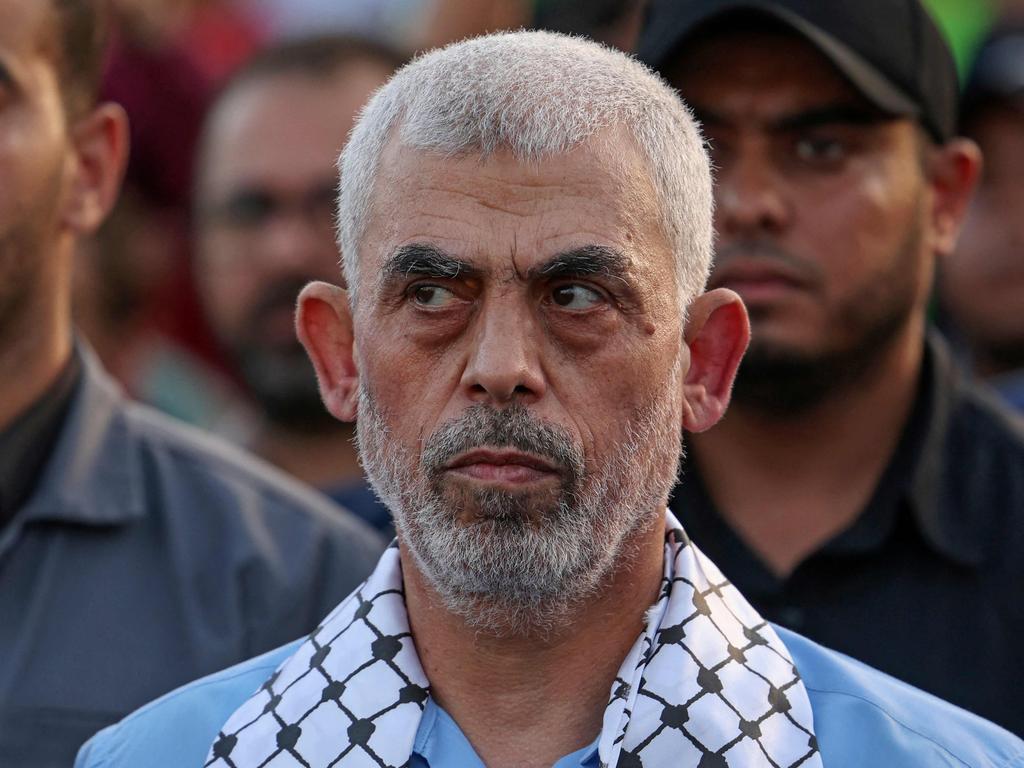Violent ‘megalomaniac’ Sinwar takes Hamas on even more radical path
Architect of the Oct. 7 attacks on Israel has revived the practice of suicide bombings to achieve the group’s goals.

After Yahya Sinwar, the man responsible for launching the Oct. 7 attacks on Israel, took full control of Hamas over the summer, Arab intelligence officials say he sent a directive to a senior operative: Now is the time to revive suicide bombings.
A few days later, a bespectacled Palestinian entered Tel Aviv with a blue backpack loaded with explosives. Although the bomb exploded before the man reached his target, killing only him, the attack sent an unmistakeable message.
“What a blessing it is that my bones become shrapnel that blow apart the usurping Zionist Jews,” said the attacker, Ja’far Sa’d Saeed Muna, a member of Hamas’s armed wing, in a video released later by Hamas.
The U.S.-designated terrorist organisation has long embraced militancy, but the group largely discontinued suicide attacks two decades ago. At the time, a spate of them had spread terror in Israel’s streets but failed to extract concessions from its government, and some Hamas leaders feared such attacks would make the group a political pariah.
Despite misgivings within Hamas, no one was willing to speak out against the practice once Sinwar was at the helm of the group, according to the Arab intelligence officials, who said they communicate regularly with Hamas leaders, including Sinwar.
In the past week, Hamas has claimed two separate shooting attacks in Israel – one in Tel Aviv that killed seven and a second in Beersheba that killed a female Israeli soldier.
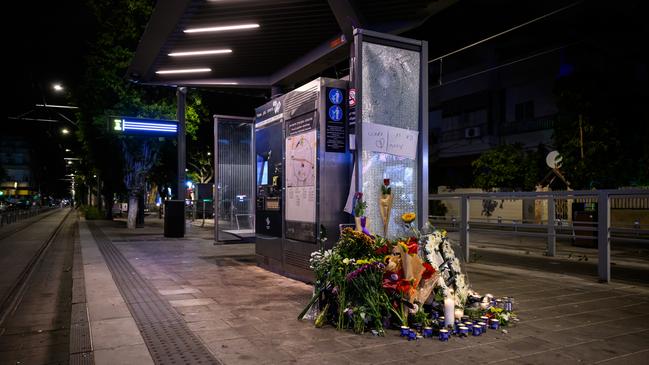
Sinwar, who has been Hamas’s top leader in Gaza for years, took control of the politburo in August after Israel killed the previous leader, Ismail Haniyeh, the preceding month. His ascension was the culmination of a year-long internal struggle over how to balance two competing visions for the group.
For years, Hamas had been split between hardliners such as Sinwar, who view the deaths of civilians as necessary to destabilise Israel, and militants who countenance violence but want the group to preserve some political legitimacy as a route to achieving its aims of a Palestinian state. Sinwar is now imposing his more violent vision on Hamas as the Israeli military squeezes the group in Gaza.
Hamas didn’t respond to requests for comment.
As Israel’s focus shifts toward a ground offensive in Lebanon, having killed Hezbollah’s leader there, talks for a ceasefire in Gaza appear to be going nowhere. Internally, Sinwar has disparaged more-mainstream Hamas officials living relatively comfortable lives in Qatar, where the group interfaces with the rest of the world, people familiar with the matter say.
“Under Sinwar, Hamas can be expected to be a much clearer-cut, hard-line fundamentalist organisation,” said Matthew Levitt, a senior fellow at the Washington Institute think tank, who wrote a book on the group.
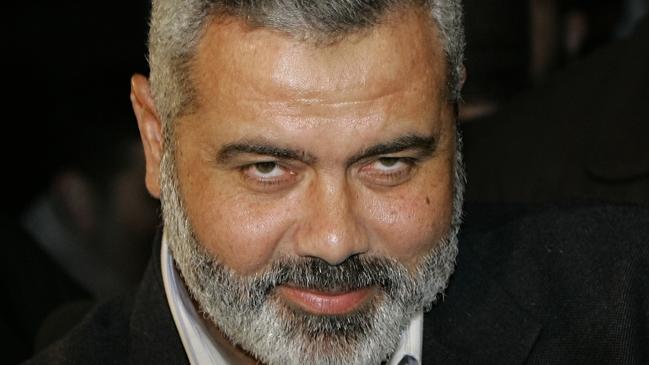
Sinwar vs. the ‘hotel guys’
Sinwar and Haniyeh rose to power after the previous Hamas leader, Khaled Meshaal, stepped down as head of Hamas’s political bureau in 2017. Haniyeh replaced him as head of the politburo and Sinwar became the leader in Gaza.
Haniyeh and Sinwar steered Hamas toward closer relations with Iran. But tensions mounted between Sinwar and Haniyeh, who began to believe his counterpart in Gaza had spent too much time in Israeli prison and was failing to understand that Hamas needed to portray an image of a legitimate political organisation to engage with Arab states, according to the intelligence officials involved in mediation between the two men.

Egypt organised a meeting in July 2023 to unite Hamas with rival Palestinian factions. Sinwar declined to attend, telling interlocutors he was worried a Haniyeh-led faction would unseat him while he was outside the strip, these officials said.
A few months later, Sinwar mounted the Oct. 7 attacks, in which Hamas and other militants killed 1,200 people, including women and children, and kidnapped around 250 others. The attack led to the conflict in Gaza, where Palestinian health authorities say almost 42,000 people have been killed, most of them civilians. The figures don’t tally the number of combatants killed.
While Hamas’s political leadership in Doha, led by Haniyeh, was aware of a potential attack, the timing caught them off guard, according to current and former Arab and Israeli officials. Iran and Hezbollah offered only limited help in the aftermath.
Hamas officials in Doha, while publicly praising the Oct. 7 attack, began privately criticising Sinwar as a “megalomaniac,” according to Arab and Hamas officials.
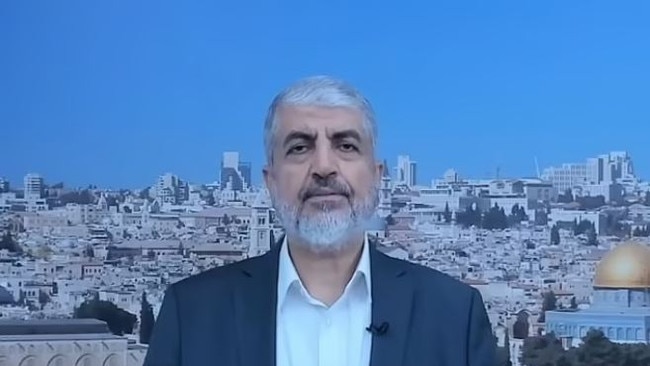
Haniyeh, Meshaal and others were talking about Sinwar in “no uncertain terms,” said Ehud Yaari, a veteran Israeli columnist who interviewed Sinwar in prison and says he maintains a communication channel with him. “That he made a mistake, that he’s a political amateur.” Israel’s ground invasion of Gaza dismantled Hamas’s military structures. Hamas’s political leadership began meeting other Palestinian factions in early December to discuss reconciliation and a post-war plan without consulting Sinwar.
Haniyeh was open to demilitarising and pressuring Sinwar and Hamas’s military wing to acquiesce to a ceasefire deal in Gaza. Sinwar, in a message to the political leaders, blasted the bypass as ” shameful and outrageous” and began privately criticising Haniyeh and Meshaal.
“He calls them the ‘hotels guys,’” because they stay in opulent residences in Doha, said Yaari, the Israeli columnist.
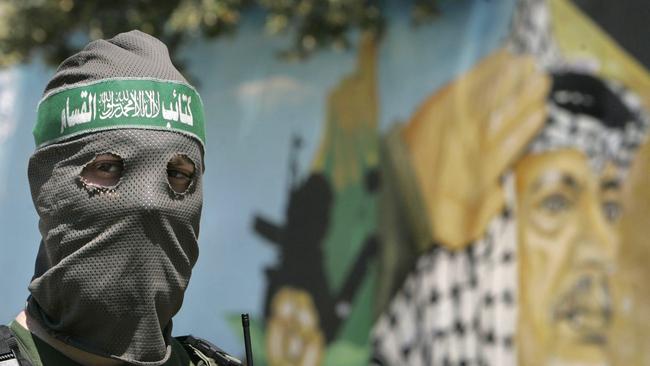
As Israel’s army got bogged down, Sinwar became more confident that international criticism of Israel would force its military into a ceasefire, leaving Hamas intact. Then, on July 31, Haniyeh was killed by a bomb placed in his room at an Islamic Revolutionary Guard Corps guesthouse in Iran.
For six days in August, Hamas officials in Gaza, the West Bank and those outside the Palestinian territories relayed messages seeking a consensus candidate to succeed Haniyeh, according to Arab and Hamas officials familiar with the deliberations.
Members first suggested Meshaal. Sinwar interrupted with a message that the new leader must be someone close to Iran. Then members of Hamas’s armed wing, Izz ad-Din al-Qassam Brigades, sent a message: The leader must be Sinwar.
A past steeped in violence
From Hamas’s inception in the 1980s, Sinwar was one of the group’s more zealous members.
In a book he wrote years later, Sinwar described how an internal security police force he started called Al-Majd, or “Glory,” kidnapped and executed informants for Israel, at times publicly displaying their bodies as a deterrent. After Israel arrested him in 1988, he confessed to strangling a suspected Palestinian collaborator with Israel. He buried another alive, according to an Israeli interrogator.

The unit made some mistakes and innocent people died, he wrote later in his book, describing killing as necessary to combat Israel.
In the 1990s, Qassam members began using suicide bombings to disrupt peace accords between Israelis and Palestinians. The attacks accelerated during the second intifada, or Palestinian uprising, of the early 2000s, killing hundreds of Israelis, and were controversial even among Hamas members.
Many in the movement believed the tactic diminished support internationally for the Palestinian cause and that killing Israeli civilians caused Palestinians to lose the moral high ground that came with life under Israeli military occupation. The bombings also were contentious in Islam, which prohibits suicide.
Still, some Hamas members argued the bombers were sacrificing their lives for a larger cause, terming the attacks “martyrdom operations.” Israeli citizens were legitimate targets, Sinwar wrote in his book, with the attacks creating “confusion, paralysis, and psychological impact on Israeli society.” Hamas largely ended its suicide attacks in the 2000s. The exact reasons are debated, but experts on the group say the bombings didn’t achieve the concessions Hamas wanted. Israel began building a security fence around Palestinian territories that made attacks more difficult.

After the second intifada ended in 2005, Hamas began to pursue a more politically focused agenda under then-leader Meshaal, winning legislative elections for the Palestinian Authority, which was governing the West Bank and Gaza. Israel, the U.S. and much of the international community boycotted the result.
In 2007, Hamas wrested control of Gaza from the Palestinian Authority. Four years later, Sinwar was released in a prisoner swap. He soon became a member of Hamas’s political leadership and its liaison with the armed wing.
‘Jihad, victory or martyrdom’
When Sinwar became Hamas’s top leader in August, he had the backing of its armed wing. His elevation reflected a view among some members that more conciliatory figures within Hamas had failed to achieve much, according to people who study the group.
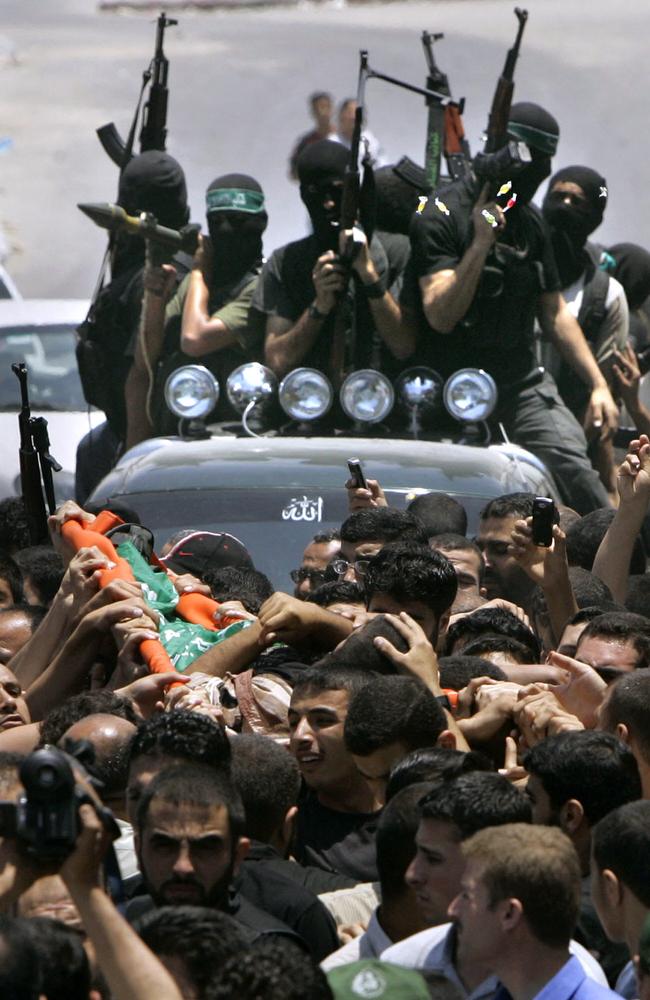
Sinwar’s plan appears to be to try to survive Israel’s military onslaught in Gaza and emerge from hiding to claim leadership of the Palestinian cause, with an ultimate goal of eliminating Israel. Arab mediators involved in trying to negotiate a ceasefire in Gaza describe Sinwar discussing the war, and his role in it, in increasingly grandiose terms.
Following the 40-day Islamic period of mourning for Haniyeh, Sinwar sent letters in his name to Hezbollah, Yemen’s Houthis and others who have supported Hamas. Hamas is prepared for a long war of attrition to break Israel’s will, he wrote in one letter viewed by the Journal.
The efforts will pave the way for Israel’s demise, he wrote, before quoting the Koran: “And they ask, ‘When will that be?’ Say, ‘Perhaps it will be soon.’” Although some have speculated recently about the possibility of Sinwar’s demise, Arab officials mediating a ceasefire say they received messages in his name in the past week. His discipline in using rudimentary communications may be helping keep him alive, The Wall Street Journal has reported.
The Wall Street Journal

